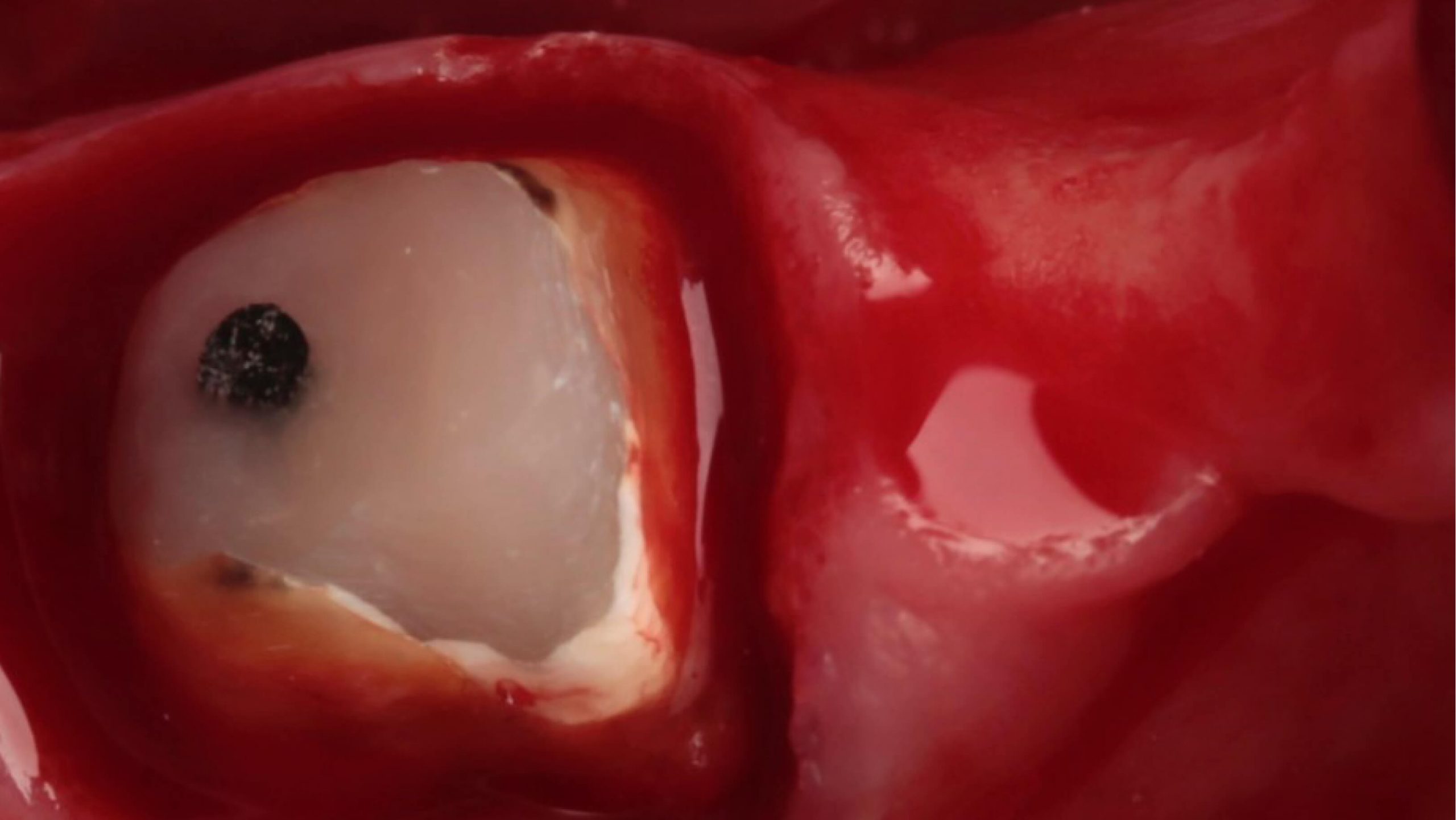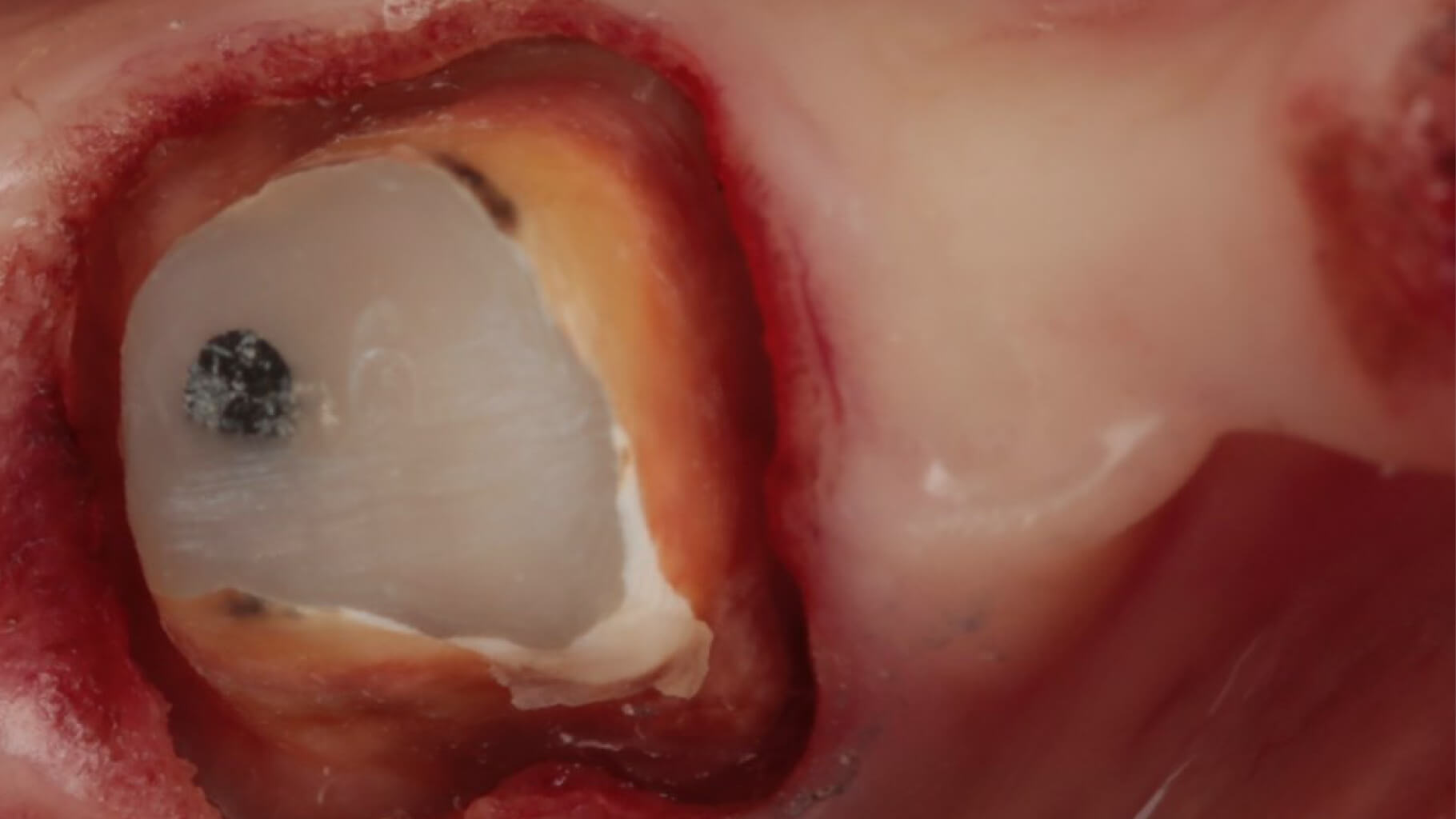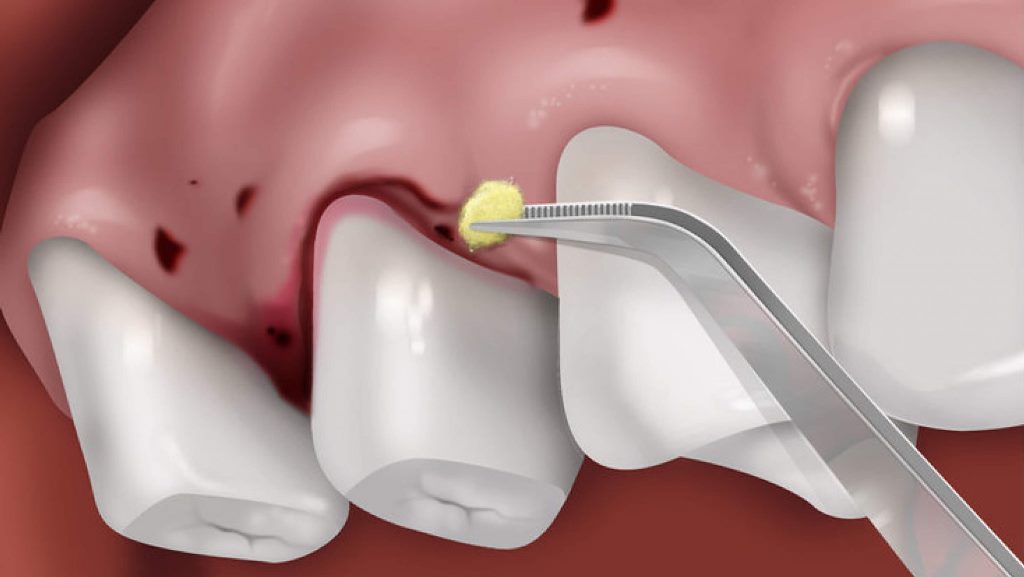EpiDri Heme Pellets
LEARN ABOUT
EpiDri™ Hemostatic Pellets
Epidri cotton pellets contain 1.9 mg racemic epinephrine HCl on average per pellet. They are designed to aid in retraction and control bleeding quickly allowing you to keep your procedures moving. Each box contains approximately 350 size 3 cotton pellets.
Epidri is cotton pellets saturated with a solution of racemic epinephrine hydrochloride and dried by a technique which retains the activity of the medication. Normal tissue moisture reactivates the medication, which promptly retracts gingival tissue in a manner that causes no tissue damage.



LEARN ABOUT THE
Indications & Directions for Use
Use whenever gingival retraction is advisable in dental practice, as preceding impression taking with any elastic impression material; or prior to placement of caps, crowns, bridges; and during tooth preparation. Epidri will help control capillary oozing and tissue engorgement through temporary vasoconstriction. In dental use normal gingival moisture will activate Epidri by facilitating the absorption of the medication. Otherwise, the pellets may be quickly dipped in water just before being applied.
- Epidri can be used dry; normal tissue moisture will activate the medicament in Epidri, or they can be dipped in water prior to placement.
- Pack Epidri pellets interproximally, in conjunction with Pascal’s retraction cord, to achieve best possible gingival retraction.
- When ready to apply the impression material, remove the Epidri pellets
- Epidri completely retracts tissue within five to eight minutes and should then be removed from the mouth
- Dispensed pellets are intended for single use only and should be disposed of immediately after use.
- For product SDS information please contact us at custserv@kinderkrowns.com.
LEARN ABOUT THE
Warnings
Contains Sodium Bisulfite, a sulfite that may cause allergic-type reactions, including anaphylactic symptoms and life-threatening or less severe asthmatic episodes in certain susceptible persons. The overall prevalence of sulfite sensitivity in the general population is unknown, but probably low. Sulfite sensitivity is seen more in asthmatic than in non-asthmatic persons.
Precautions:
- Read and follow all instructions.
- For professional in-office use only.
- For topical intraoral use only. Do not ingest.
- Keep out of reach of children.
- Do not use on patients with epinephrine allergy or sensitivity


